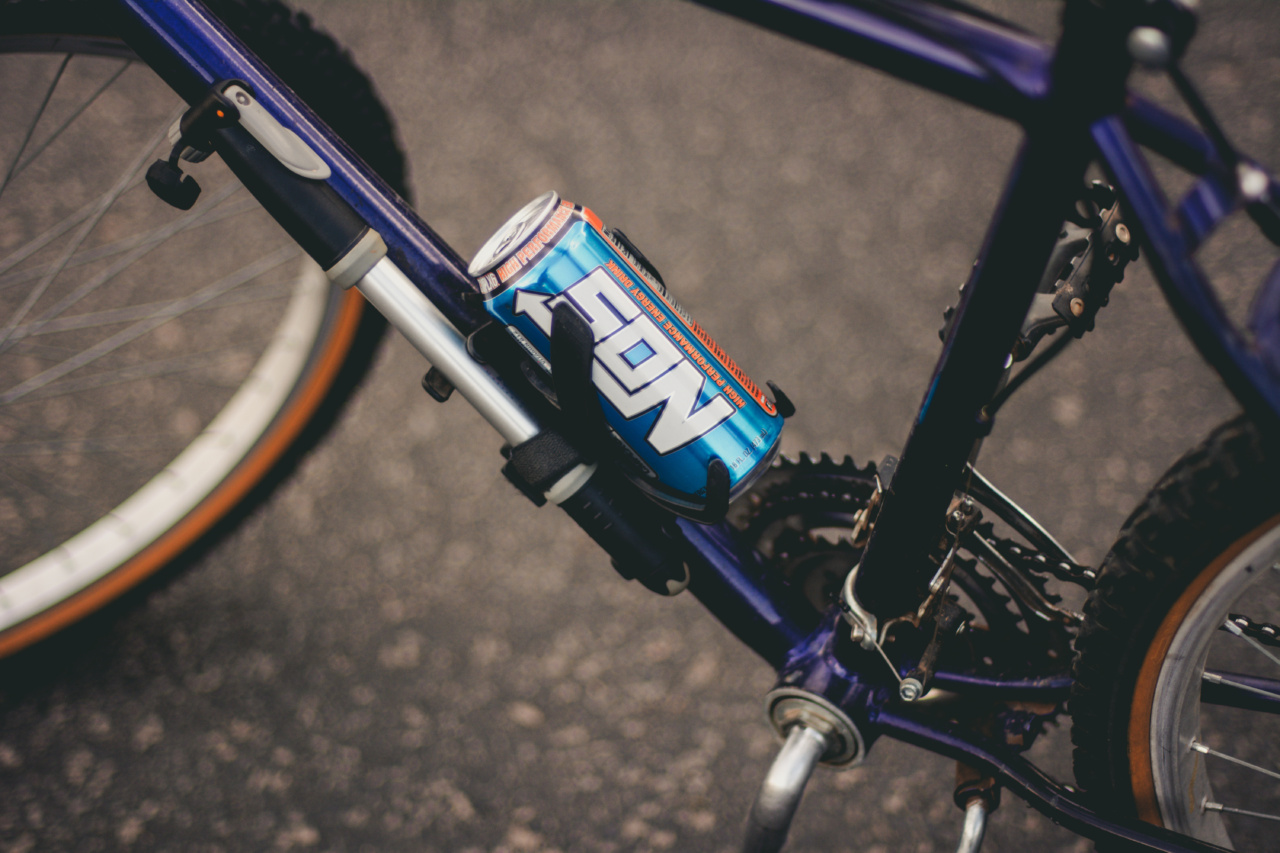Many avid cyclists have heard rumors or theories that cycling can cause impotence or erectile dysfunction (ED). While cycling is overall a great form of exercise with numerous health benefits, there is some truth to these claims.
This article will delve into the potential link between cycling and impotence, exploring the various factors that can contribute to this issue.
The physiology of cycling
Before discussing the potential impact of cycling on impotence, it is essential to understand the physiology of cycling.
When cycling, pressure is exerted on the perineum, the area between the genitals and anus, which can affect the blood flow to the penis. Prolonged and intense pressure on this area can lead to numbness, tingling, or even temporary erectile difficulties.
Potential causes of impotence in cyclists
1. Nerve compression: The pressure exerted on the perineum during cycling can compress the nerves that supply the penis, leading to temporary or permanent damage and subsequent erectile problems.
2. Reduced blood flow: Cycling for extended periods can hinder blood flow to the penis, impacting the ability to achieve or maintain an erection.
Reduced blood flow can occur due to the pressure on the perineum as well as the constriction of blood vessels in the pelvic area during cycling.
3. Genital temperature: Cycling for long durations may increase the temperature around the genitals, which can negatively impact sperm production and erectile function.
4. Bicycle seat design: The design of the bicycle seat also plays a crucial role in determining the risk of impotence in cyclists.
Seats that are too narrow, have a forward tilt, or lack adequate padding can increase pressure on the perineum and contribute to nerve compression and reduced blood flow.
Tips to reduce the risk of impotence while cycling
1. Choose the right bicycle seat: Opt for a seat that is wide and well-padded to distribute your weight more evenly and reduce pressure on the perineum.
There are also specially designed seats available that have a cutout or groove to relieve pressure on the genitals.
2. Adjust your seat height: Proper seat height ensures that your legs do most of the work and reduces the pressure on the perineum. Your knees should be slightly bent at the bottom of each pedal stroke.
3. Wear padded shorts: Invest in high-quality cycling shorts with built-in padding. These shorts provide cushioning and can reduce pressure on the perineum.
4. Take regular breaks: If you’re planning a long cycling session, make sure to take regular breaks and get off the saddle to relieve pressure on the perineum.
5. Stand up while cycling: Standing up intermittently while cycling can help reduce pressure on the perineum and improve blood flow to the penis.
6. Adjust your cycling position: Try alternating your cycling position between sitting back on the seat and leaning forward to change the pressure points on your perineum.
7. Perform pelvic floor exercises: Strengthening your pelvic floor muscles can help improve blood flow to the genitals and reduce the risk of impotence. Kegel exercises, in particular, can be beneficial for men.
When to consult a healthcare professional
If you are experiencing persistent or worsening erectile difficulties after cycling or have concerns about the impact of cycling on your sexual health, it is recommended to consult a healthcare professional.
They can assess your symptoms, provide guidance, and explore potential treatment options.
Conclusion
Cycling can potentially contribute to impotence or erectile difficulties due to pressure on the perineum and reduced blood flow to the genitals.
However, by adopting proper cycling practices, such as using the right seat, adjusting seat height, wearing padded shorts, taking breaks, and doing pelvic floor exercises, the risk of impotence can be significantly reduced. Remember, a comprehensive approach to cycling and sexual health can help individuals continue enjoying the benefits of this fantastic form of exercise without compromising their sexual well-being.






























